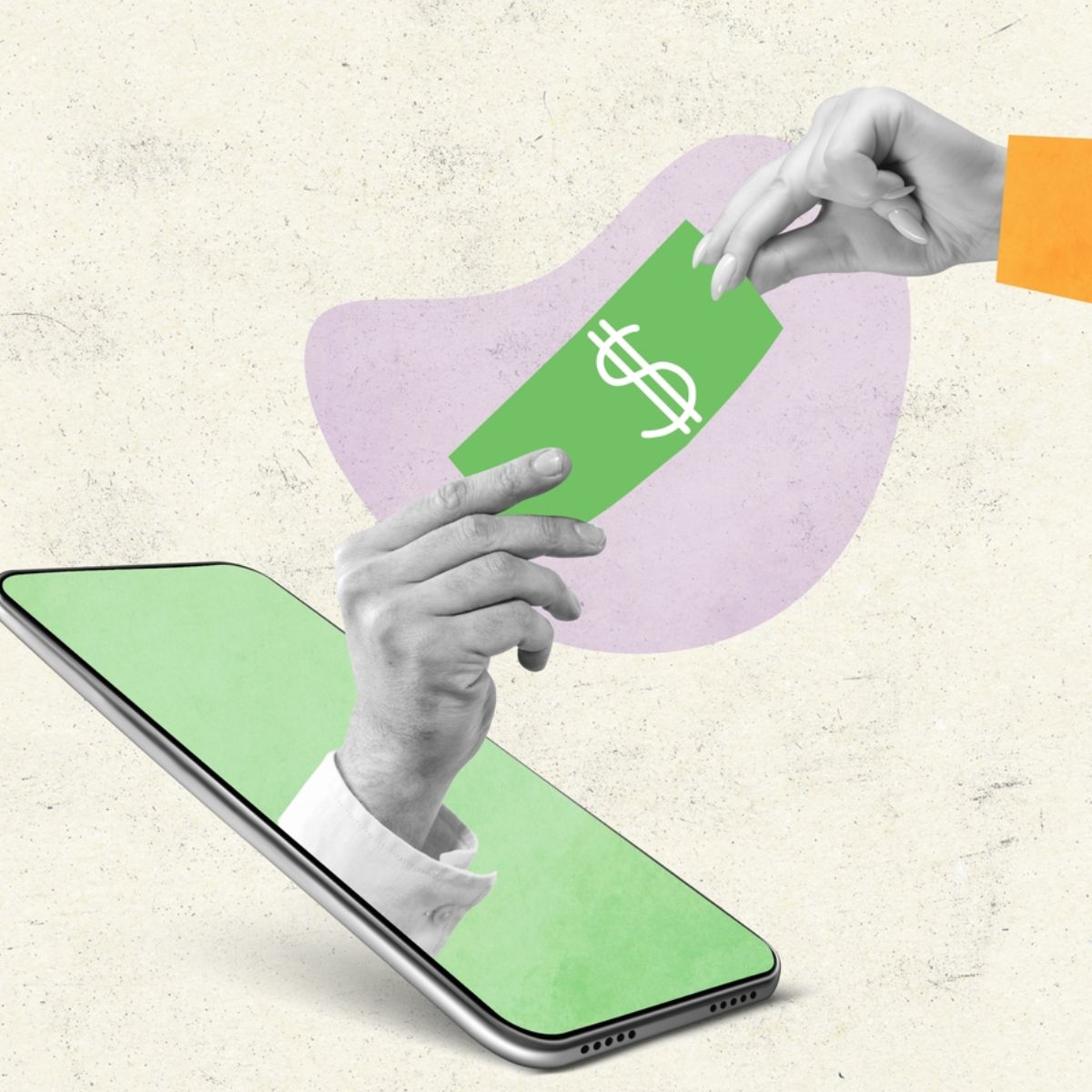Remittance Management: Why You're Not Getting Paid and What You Can Do About It

If reimbursement payments are taking a long time to show up in your bank account, you might need to improve your remittance management.
Revenue cycle management (RCM) is a complicated process, encompassing everything from making an appointment to coding the provider encounter to processing the insurance claim. A key part of that process is remittance management, which allows the actual reimbursement from the payer to the provider’s bank account. Although it’s a critical step in the process, it’s not without its share of problems. Here’s a rundown of some of those problems, along with possible solutions.
What is Remittance Management?
Remittance is an integral part of the revenue cycle. Simply put, remittance is when an insurance payer sends reimbursement checks to the respective providers. In other words, it is the processing and payment of a claim. While it sounds like a straightforward process, there can be problems along the way.
The process begins with the provider sending a claim to the payer. The payer can then approve the charge and send the remittance to the provider, adjust the reimbursement according to the provider contract and patient’s coverage, or deny the claim.
Automated Remittance Management
Historically, remittance processing was done manually, which required sorting claims according to the provider and patient, determining the reimbursement amount, and sending a reimbursement check or an electronic funds transfer to the provider. It is a tedious, time-consuming process prone to errors. When errors are discovered, they must be corrected and reprocessed, interfering with the provider’s revenue stream.
Automated remittance management, conversely, is carried out through electronic files. The process begins when a provider or hospital sends an 837 file to an insurance payer for medical services they provided. The 837 file is a HIPAA form providers use to submit a claim electronically. It contains the details about the patient’s treatment, including the services and treatment provided, the cost and any adjustments, as well as the actual claim amount.
The payer then sends an 835 file, which provides details about the claim payment and the electronic funds transfer. Basically, the 837 is the bill and the 835 is the receipt for the claim payment.

Challenges With Remittance Processing
Problems can arise with this process. For instance, it can take weeks or months for the claim payment to be deposited — because of adjustments by the payer, it might not match the original 837. Also, the 835 may contain payments for many provider contracts, and the funds transfer could be deposited in the wrong account. It can take months to sort out the transaction, making it difficult for the hospital to balance the books.
Fortunately, there are software solutions designed to streamline the process, reduce errors, and ensure payments are deposited correctly. If you’re looking to simplify your remittance management, contact us to see how we can help.